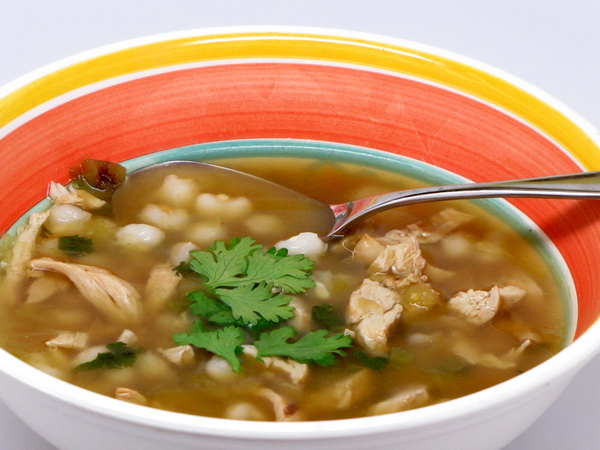By Lydia DePillis, Published: November 20, 2013
Generally speaking, soup is a really good business. It's simple, with cans of a commodity that people will buy by the palette. It's lucrative, with 20 percent margins in a business that rarely sees much profit.
Generally speaking, soup is a really good business. It's simple, with cans of a commodity that people will buy by the palette. It's lucrative, with 20 percent margins in a business that rarely sees much profit.
And for 145 years now, Campbell's Soup has dominated the category, with the most iconic can in the industry, and currently almost 60 percent market share in American wet soup — its condensed soup business alone is worth $1.1 billion.
Lately, though, it's been serving up some thin broth. Yesterday, Campbell's posted a 30 percent earnings drop from last quarter, with 6 percent lower soup sales and a clear warning for the future: Americans may not be slurping as much as they used to.
Actually, they've been aware of the problem for a while. Last year, the research firm Euromonitor reported that canned soup sales had declined 13 percent over the past decade, forcing Campbell's to start closing factories. Then, Morgan Stanley found that the demographics of the company's soup-eaters were skewing older — all those Millennials aren't hip to glop in cans — and disproportionately non-Hispanic, which doesn't speak well for the dish down the road.
![]()

So Campbells has taken steps to bring soup back. Over the past couple years, it's introduced and heavily marketed soup in boxes, soup in bags, soup in plastic buckets. It rolled out 38 new soups in total during 2013; they now come in "Gourmet Bisques,""Homestyle," and "Slow Kettle" varieties. It made some headway: This year, the company even thought that the category had been "stabilized" after its long decline. But the slow return seems to have stalled, and the new formats make up a "not a very significant" proportion of their sales.

Campbells showed off its slow soup recovery in an Analyst Day presentation earlier this year, but the most recent quarter looked much worse. (Campbell's Soup)
So, are Americans simply over soup?
It's true, there are headwinds. Much has been made of the shift toward eating on the go, which is hard to do with soup (unlike yogurt, it just seems unseemly to suck it from a pouch). It's also a highly seasonal food, and with temperatures on the rise globally, soup looks set for a structural decline. Accordingly, Campbell's has diversified far beyond savory liquids, taking on the Bolthouse Farms juice line, Pepperidge Farms' snacks and bread, salsas and sauces from Prego and Pace.
Campbell's soup figures, though, may be deceptive. Soup is actually selling well elsewhere: People are opting for organic and non-GMO lines from companies like Pacific Foods and Amy's, while grocery stores are offering more and more private label varieties. Frozen soup sales were up 17 percent in 2012, General Mills' Progresso soups have gobbled up market share with a boomer-friendly healthful message, and fast-casual restaurants — some soup-only! — carry the perception of quality (even if they're just reconstituted from the same powdered stuff that goes in cans).
"The soups served in Panera and Au Bon Pain benefit from the consumer perception that they are fresher as well as from the accompaniment of freshly-baked bread," Euromonitor wrote in a January report. The "freshness" fetish also affects juices; Campbell's V8 line took an even bigger dive than soups, as consumers go for just-squeezed over shelf-stable.
The result is something of a paradox: Euromonitor estimates that soup sales will decrease in volume by two percent over the next five years, but increase in value as marketing and quality increase, to a total market of $4.7 billion in 2017. Americans might spoon less soup overall, but they're willing to pay more for the good stuff.
One thing is expected to stay the same, though, according to Euromonitor — chicken noodle will still be America's favorite.
![Campbell's new groove. (Campbell's Soup)]()

Campbell's new groove.
